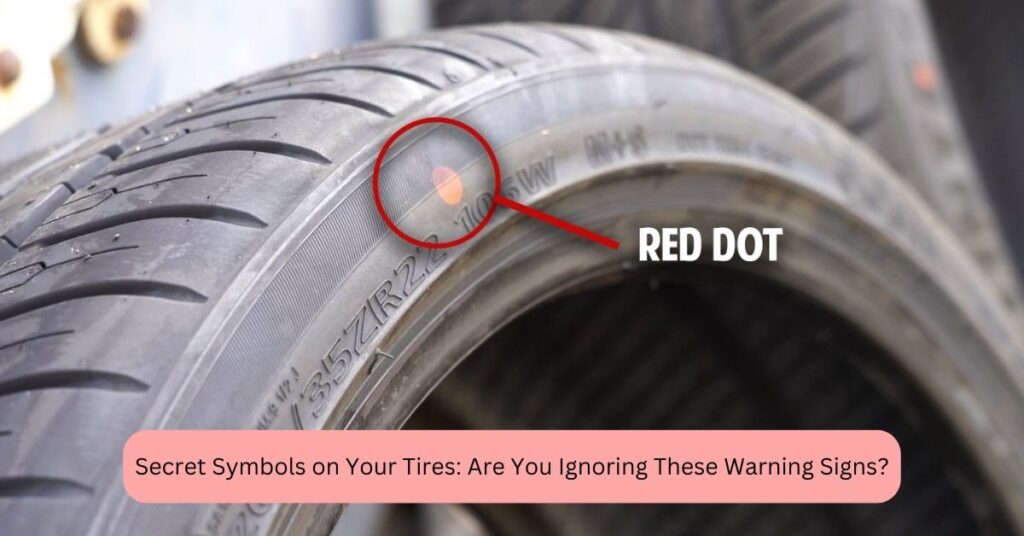Ever noticed red and yellow paint dots on your tires and wondered if they indicate a sale or a defect? The truth is, these dots serve a vital purpose in ensuring your driving experience is smooth and safe. Let’s unravel the mystery behind these paint dots and understand why they matter
1. Identification of Tire Irregularities:
Manufacturers use red and yellow paint dots to identify imperfections in tire construction. Achieving a perfectly balanced tire is challenging, so these dots pinpoint irregularities for proper installation and balancing.

2. Placement of Yellow Dots:
Yellow dots signify the lightest point on a tire. Proper alignment places the yellow dot next to the valve stem, the wheel’s heaviest point. If a tire has both yellow and red dots, the red dot takes precedence during balancing.
3. Placement of Red Dots:
Red dots indicate the flattest point on a tire, usually across from the wheel’s highest point. Balancing with precision is crucial to prevent vibrations that can affect ride quality, fuel economy, and braking efficiency.
4. Importance of Paint Dots:
These dots highlight inconsistencies that may lead to tire vibrations. Unbalanced tires can compromise driving control, especially at high speeds, and increase stopping distances. It’s essential to address these issues promptly.
5. Wheel Balancing Process:
Wheel balancing is a critical procedure that identifies and corrects weight distribution issues in a tire/wheel assembly. Dynamic and match-balancing methods ensure a smooth ride by eliminating vibrations and preventing dangerous bald spots.
6. Match-Balancing for Smooth Rides:
When getting new tires, inquire about match-balancing, which aligns the tire’s low point with the wheel’s high point. This technique enhances the overall driving experience and is particularly important for unmarked wheels.
7. Causes of Tire Imbalance:
Tires can become unbalanced due to various factors, including uneven wear, over/under-inflation, improper alignment, missing wheel weights, or damage from potholes. Regular maintenance, such as tire rotation and pressure checks, can help prevent these issues.
8. Maintenance Tips for Balanced Tires:
To extend tire life, maintain even wear, and prevent imbalance, check tire pressure regularly and rotate tire/wheels every 5,000 to 8,000 miles. If you experience vibrations while driving, seek professional assistance to balance your tires.
The red and yellow paint dots on your tires are not indicators of sales or defects. Instead, they play a crucial role in maintaining the balance and safety of your vehicle. Understanding the significance of these dots and prioritizing proper wheel balancing ensures a smoother, safer driving experience for miles to come.
